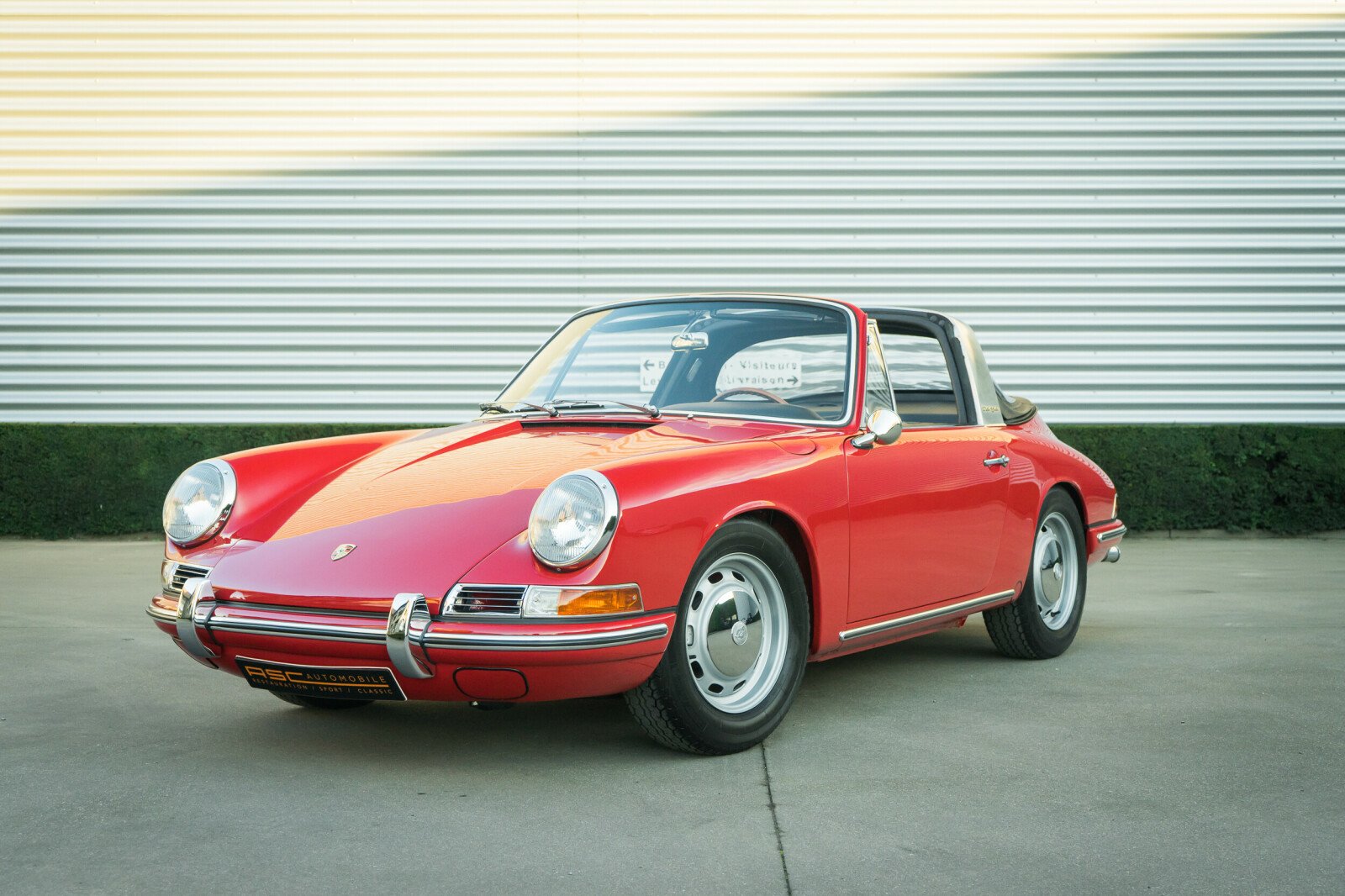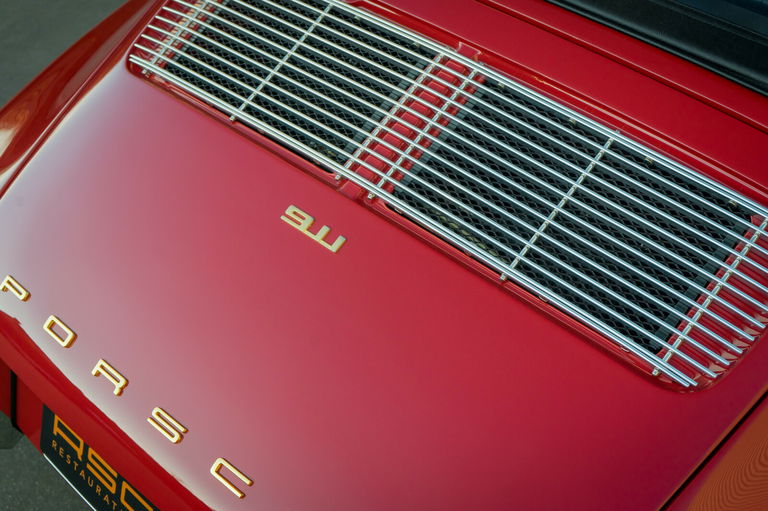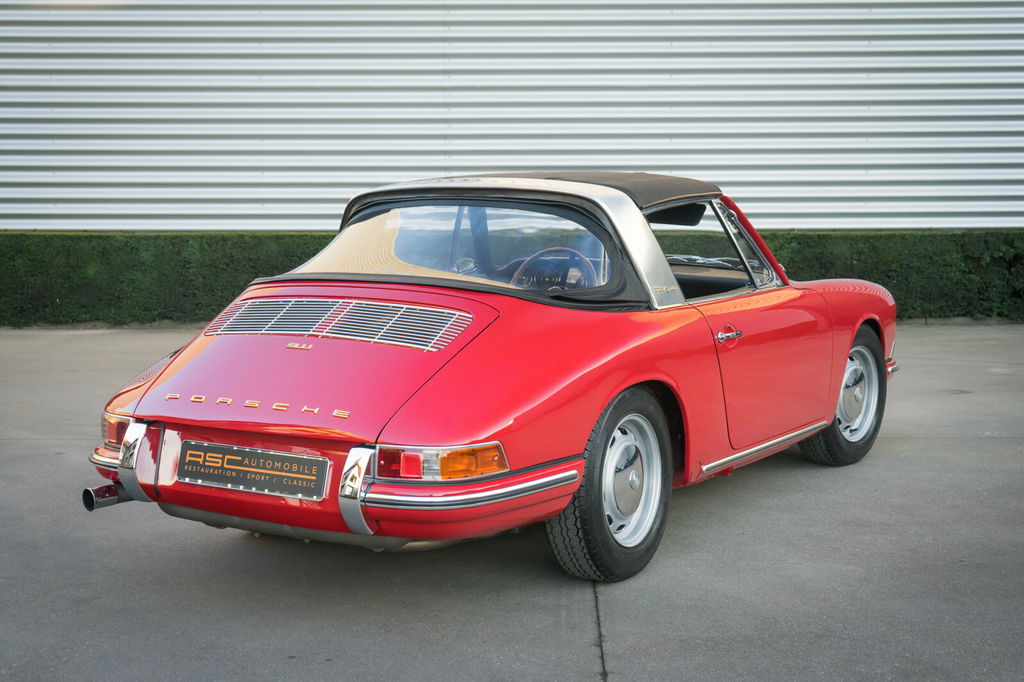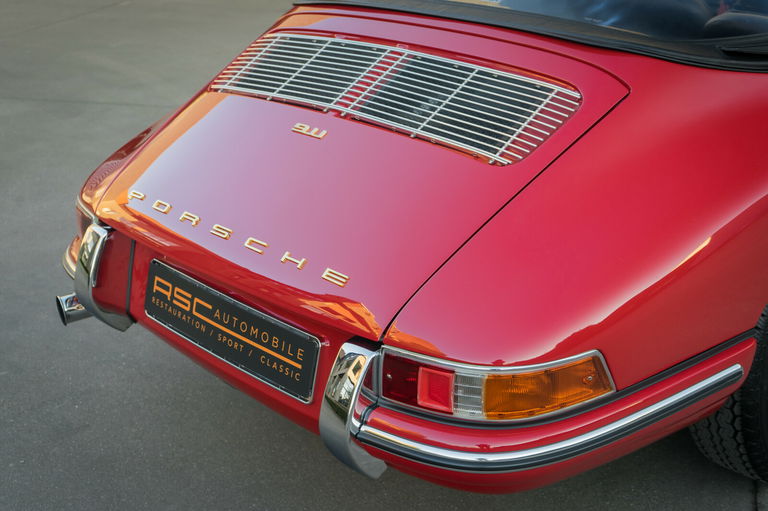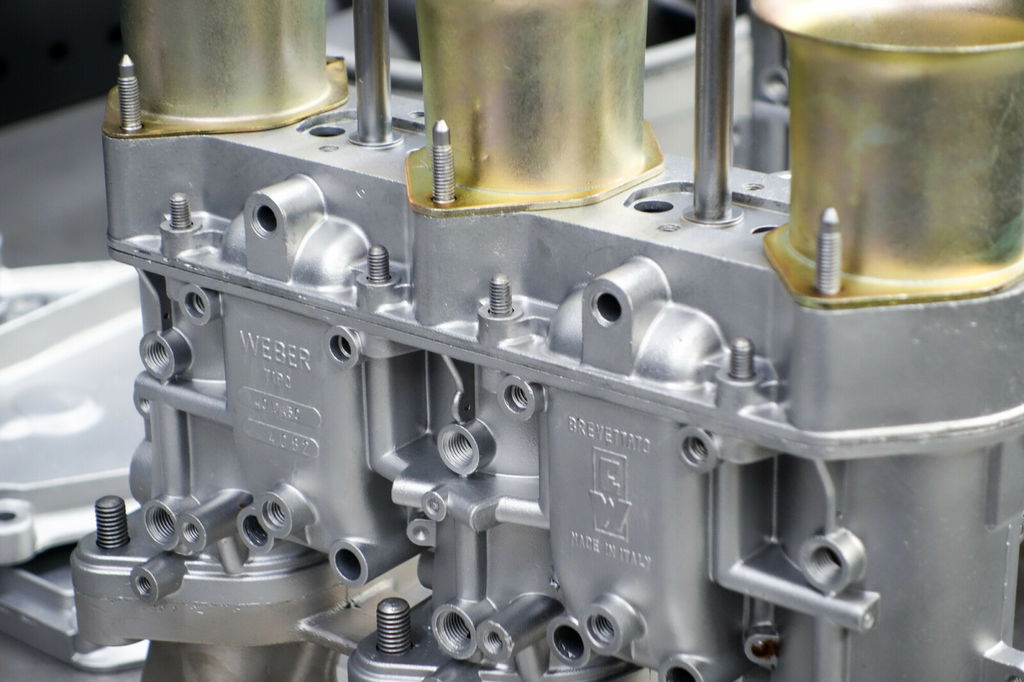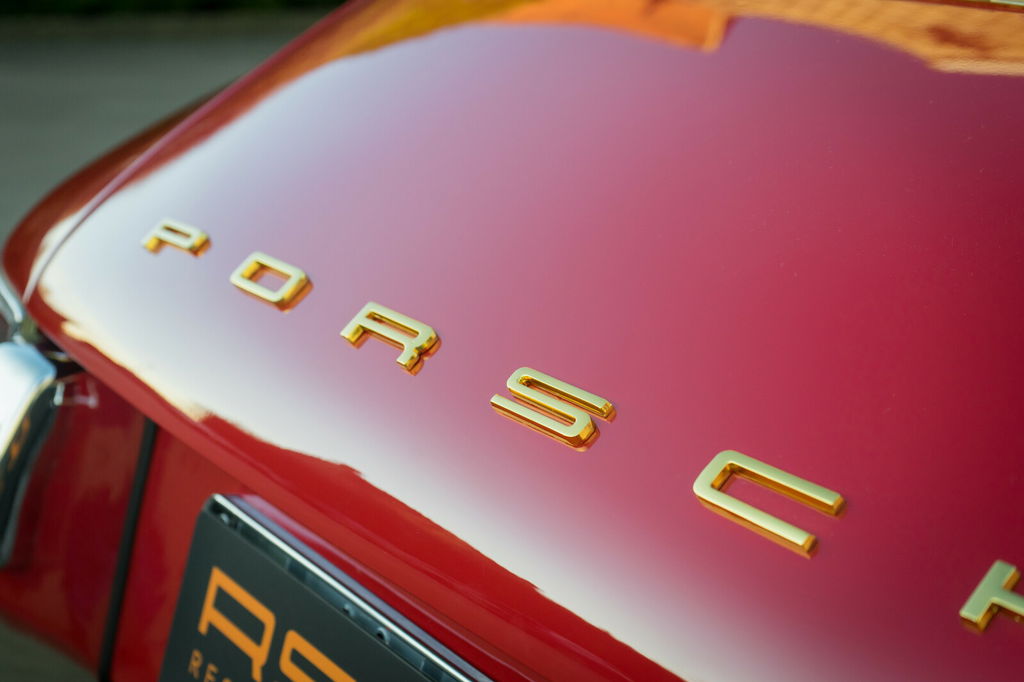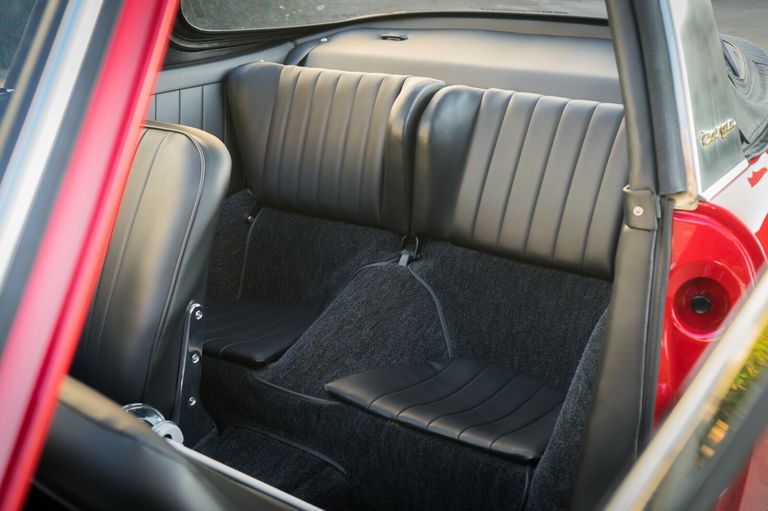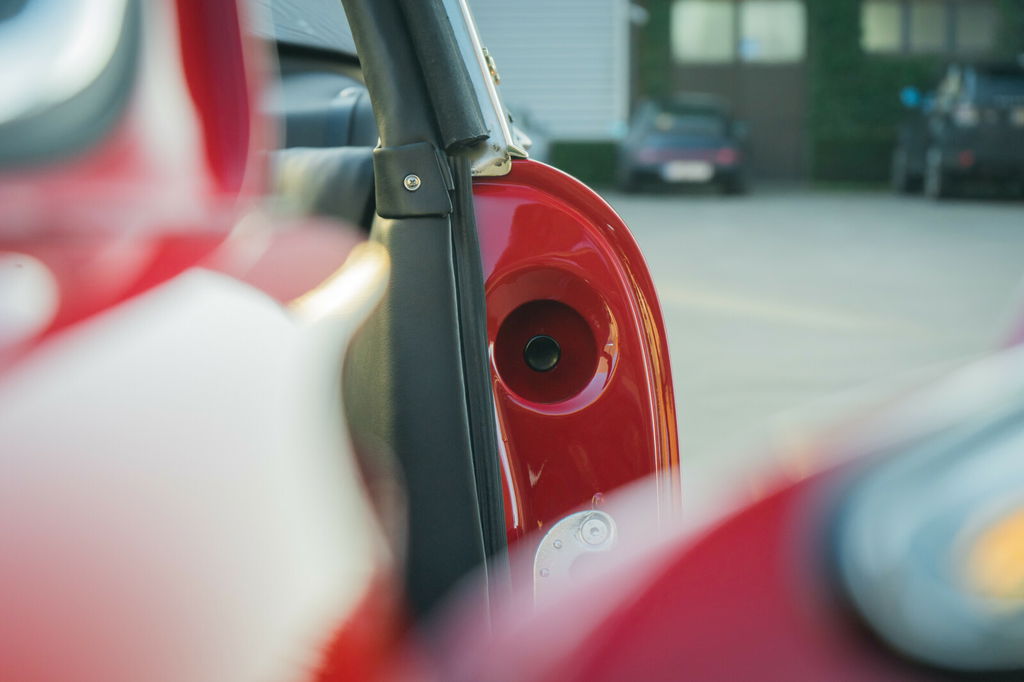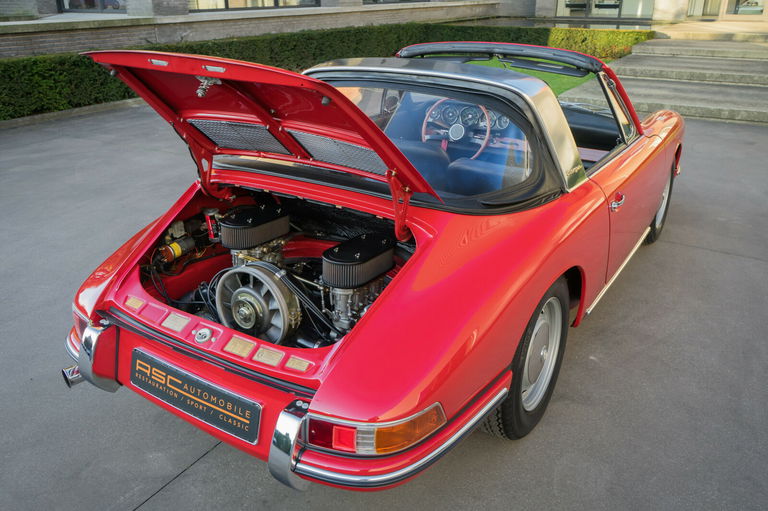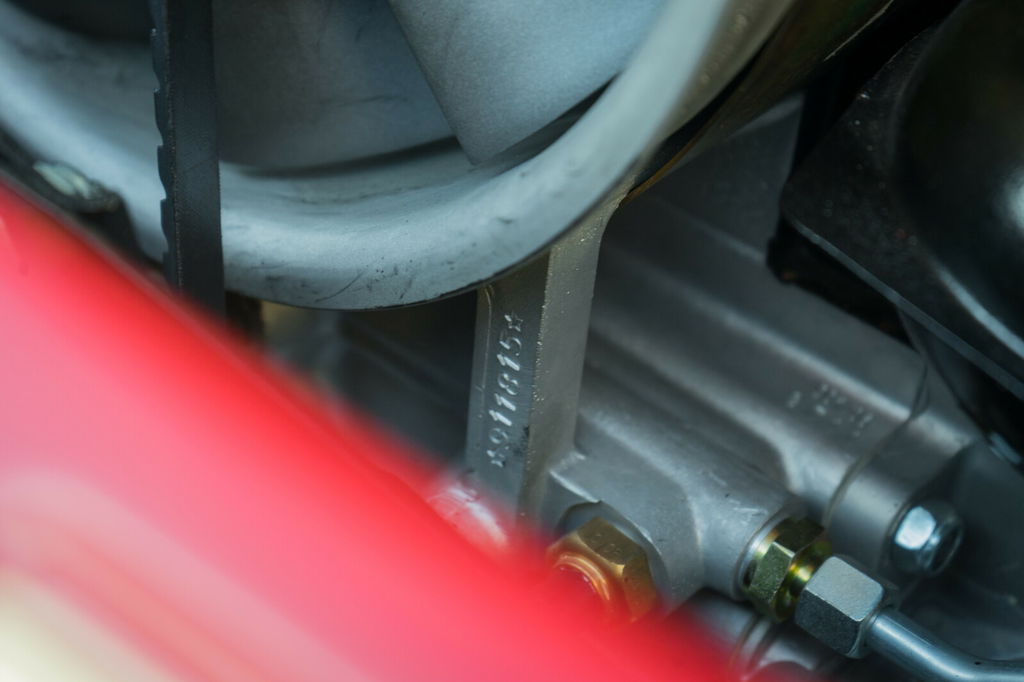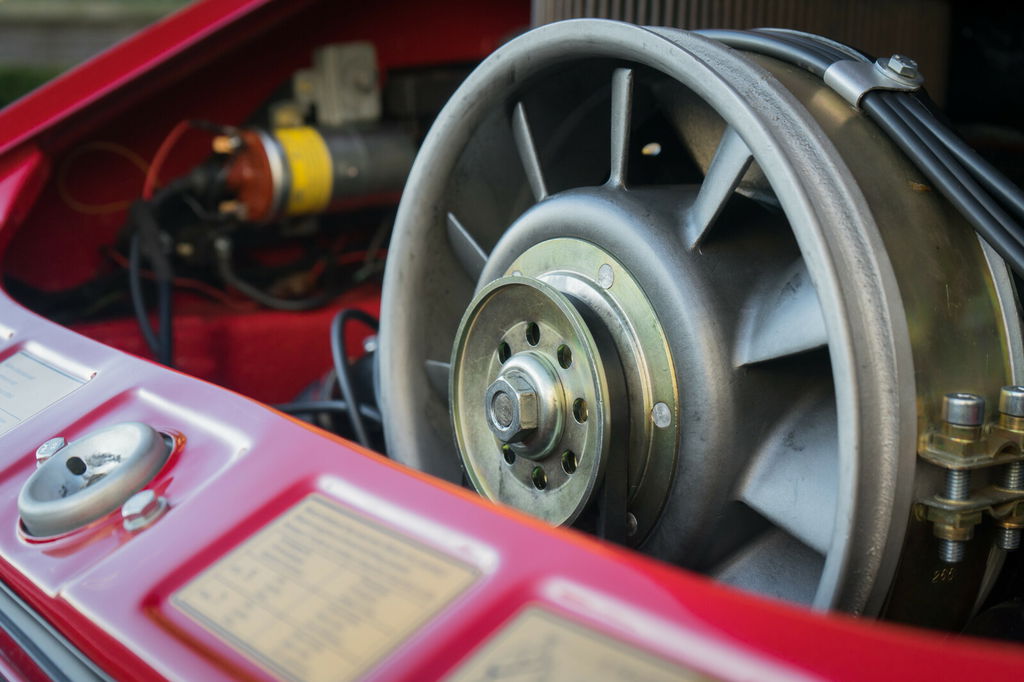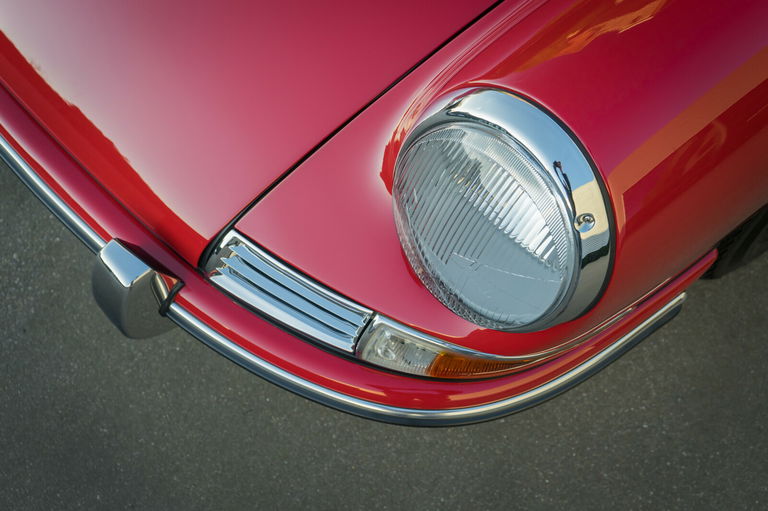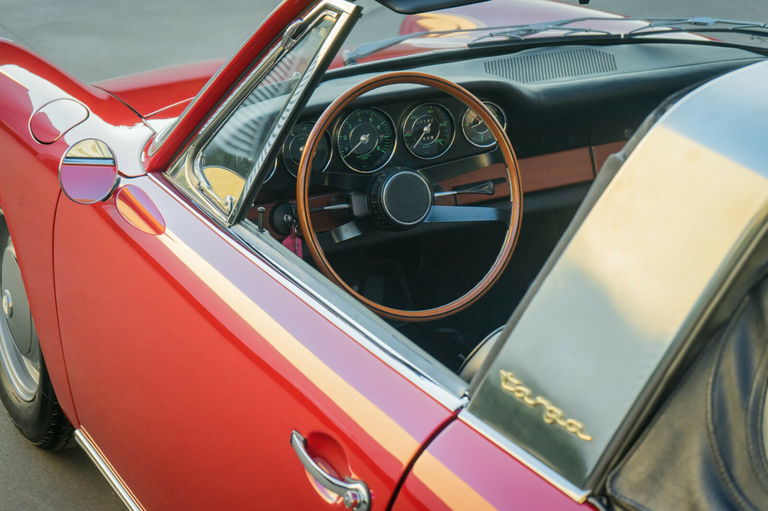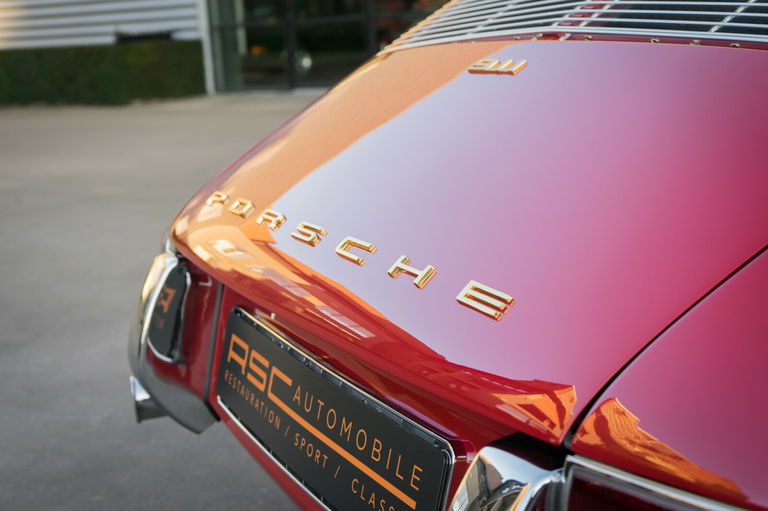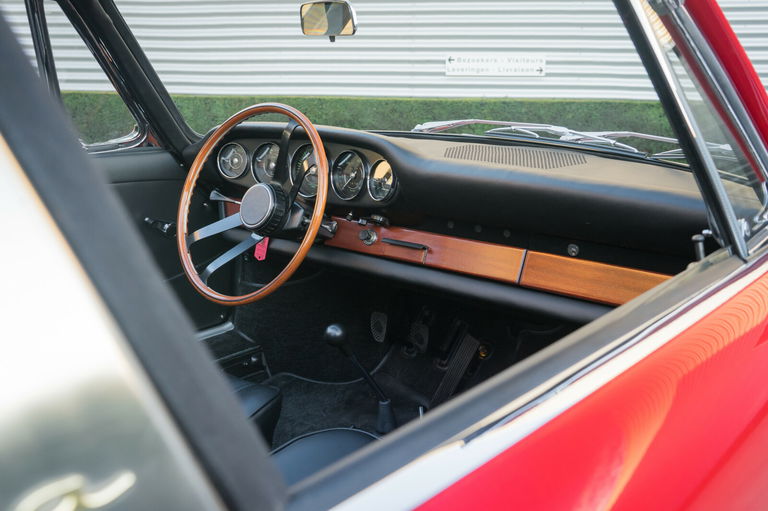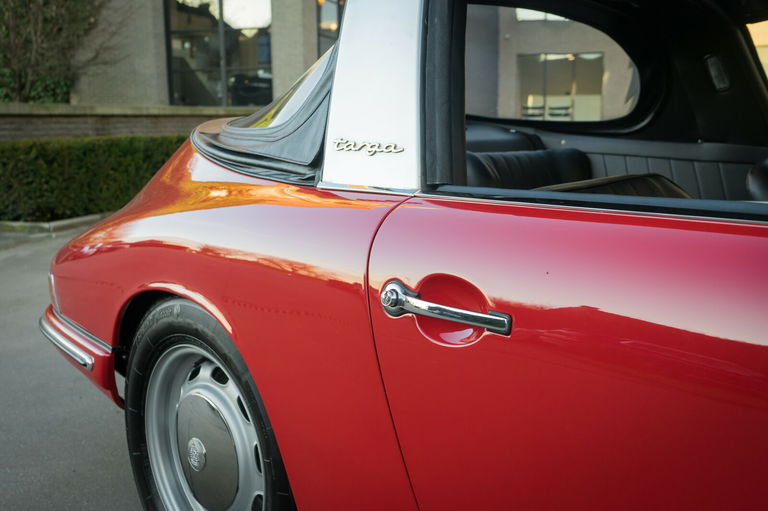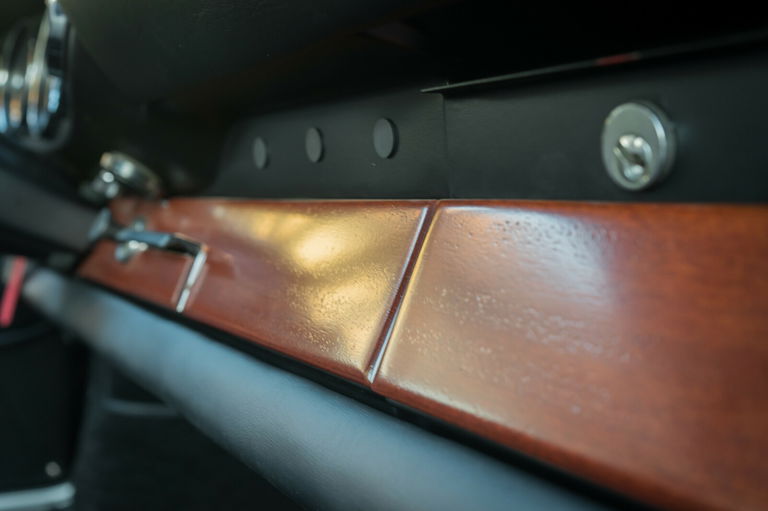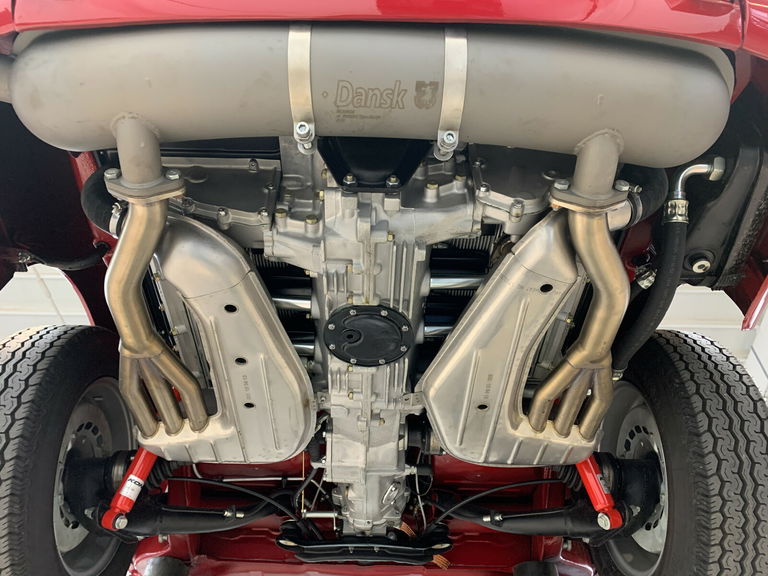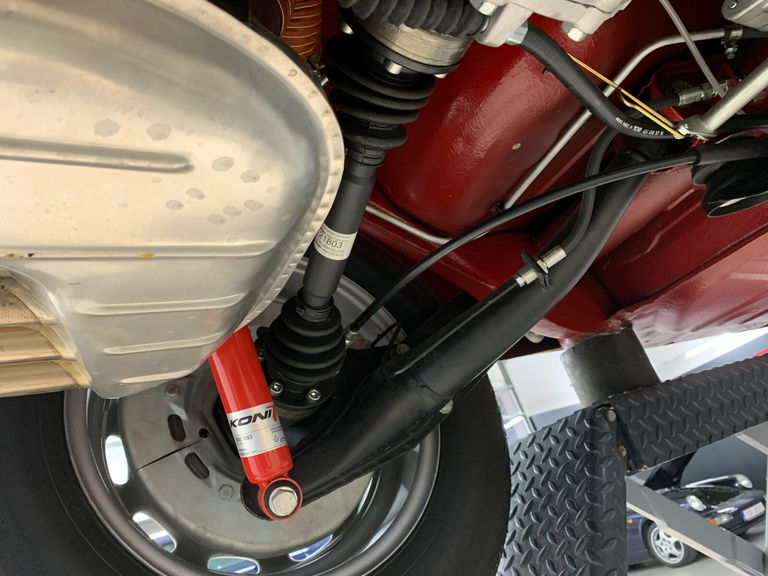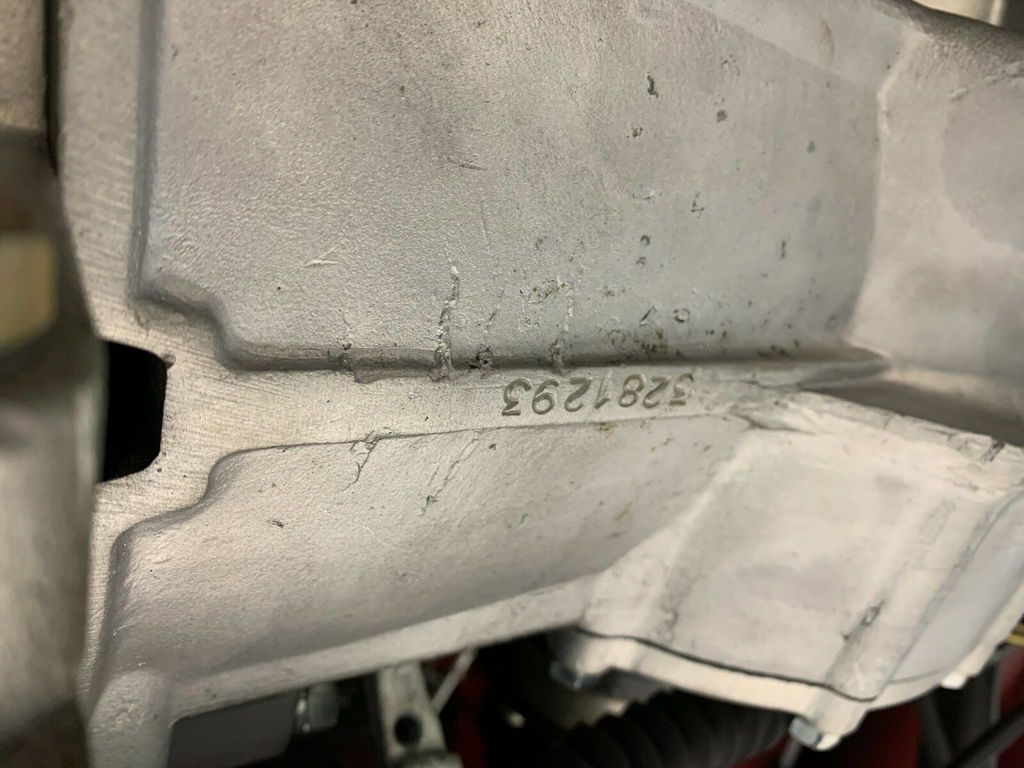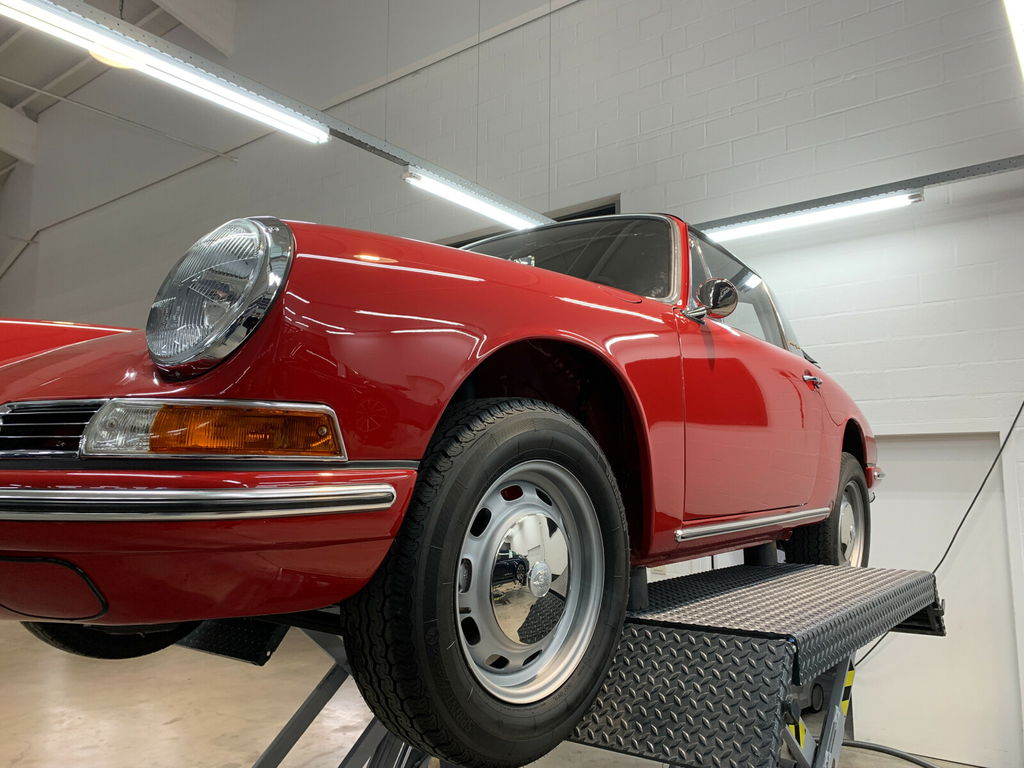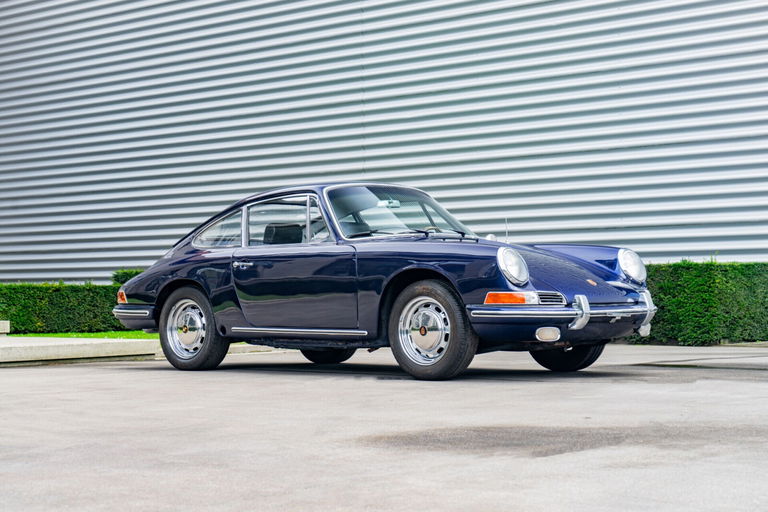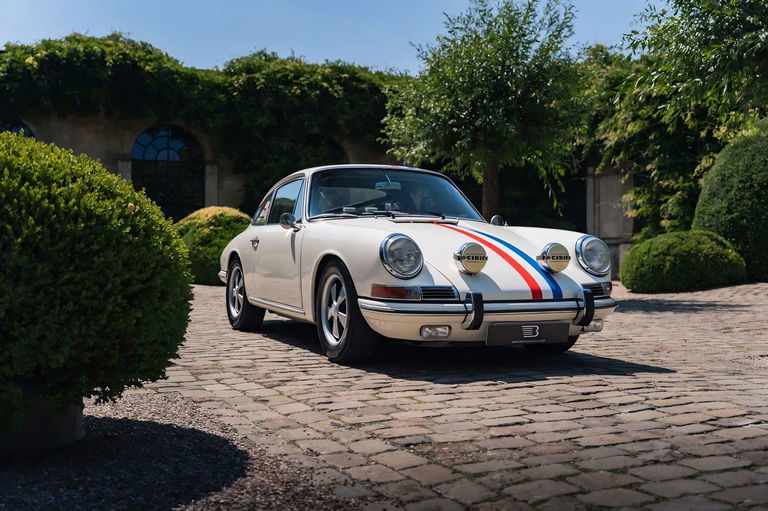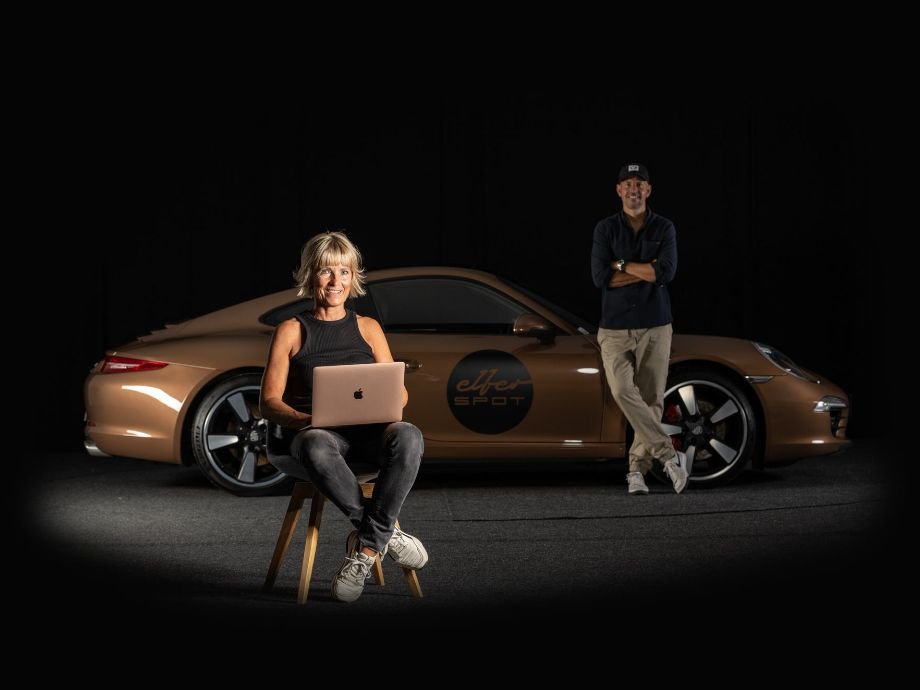Finished in Polo Red, the restoration to original specification was completed by RSC Automobile in 2016. Still retaining a lot of original panels, the restoration was completed in 2017 and has been photo-documented and is available for inspection. This is a wonderful example of the sought-after “soft-window” Targa.
This is particular example is one of the earliest Targa ever and is known to be the first Targa ever officially sold & delivered to the USA. Specialists on this topic say:
” ° Why would the factory report (assuming they are not wrong) the first Targa was delivered in early summer 1967 if other records show one was on US soil (or produced?) in January 1967 ?
– 500018 came over 31.01.67.; a Polo red 911 non S. 018 left the factory 1/67. 500024 (a polo red S), 500025 (a gulf blue S) and 500027 were also built 1/67 and went straight to the USA. These were registered 3/67 and 4/67. 500005 and 500008 did not make it to the US shore until 7/67, although both of them were built months before the first US-bound cars (9/66). Hope I am not overstepping my boundaries with this rhetoric, Curt.”
THE 911 TARGA
The loss of an open car in Porsche’s lineup was addressed with the September 1965 introduction of a new Targa roof model at the Frankfurt Auto Show. Commemorating Porsche’s successive wins at the famous Sicilian road race, the new model was called Targa – a term coined to describe the open roof body style. A production version became available the following year on both the 911 and 912.
Featured was a rather substantial safety rollover hoop finished in a satin-look steel with a lift-off roof in two sections – a rigid plastic panel over the passenger compartment and a zip-out plastic rear window. Initially, Targas rolled off assembly lines at a rate of seven per day (out of a total production of 55), but the number was quickly increased due to their popularity. Despite the larger numbers, just 718 were built during the first year of production.
Beginning with February 1966 production, the factory adopted Weber carburetors in place of the Solex models, addressing a flat spot in acceleration noted with earlier models. With the introduction of an updated model in August 1968, the rear window was changed to glass, adding to the collectability of the original zip-out rear ‘soft-window’ models, such as this example.
Continue reading
